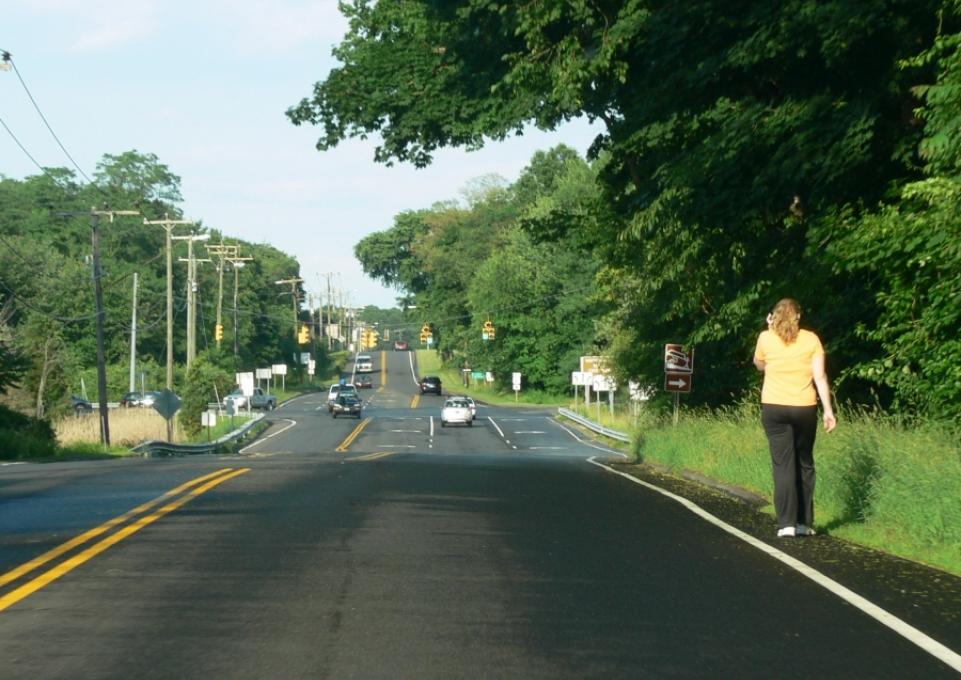
Taking a half-hour walk every day benefits not just your physical health, but also your mental and emotional health. So why don’t more of us lace up our sneakers?
 The answer, according to Alan Delmerico, a research assistant professor with the Center for Health and Social Research (CHSR), may be partly the result of environmental factors. Delmerico is a geographer who decided to use his skills to promote better public health.
The answer, according to Alan Delmerico, a research assistant professor with the Center for Health and Social Research (CHSR), may be partly the result of environmental factors. Delmerico is a geographer who decided to use his skills to promote better public health.
Geography has to do with place. Physical geographers focus on different aspects of the natural environment. Human geography, Delmerico’s specialty, focuses on people in their place in the world—their environment.
"Most major health problems in this country are not about infectious diseases like Ebola or measles,” said Delmerico. “Most major public health problems in America are caused by our behaviors. But behavior doesn’t exist in a vacuum; it’s shaped by a person’s environment.”
Back to that 30-minute walk. “If you live in a neighborhood with gang activity, you’re not likely to take a stroll around the block because of safety concerns,” said Delmerico. “And you’re not as likely to go for a walk along the road if you live on a two-lane rural highway with a 55 mile-per-hour speed limit and no sidewalks, either.” Gang activity is part of a neighborhood’s social environment; the lack of sidewalks is part of its physical environment. Transforming social and physical environments can change the behaviors people perform or avoid.
However, the same approach isn’t going to be equally effective in both cases. One benefit of a geographical analysis of behavior—for example, looking at prevalence of Lyme disease by zip code—is that policymakers and advocates for public health can make the most effective use of disease-prevention dollars by targeting behavior-changing campaigns where they are most needed. One example, Delmerico said, can be as simple as where you hang posters. “For example, you put your biggest, most prominent anti-smoking posters up where smokers congregate,” he said.
Western New York United Against Alcohol and Drug Abuse recently awarded a $42,000 grant to CHSR; Delmerico is the project director. CHSR will use the funds to help the Erie County Department of Mental Health with technical and scientific support in identifying physical areas that could benefit from programming to prevent substance abuse, or providing a database that that indicates the likelihood of risky behavior leading to illness, injury, or death. CHSR has, for many years, provided scientific consultation on data analysis and evaluation of needs to area organizations whose goal is to improve public health.
